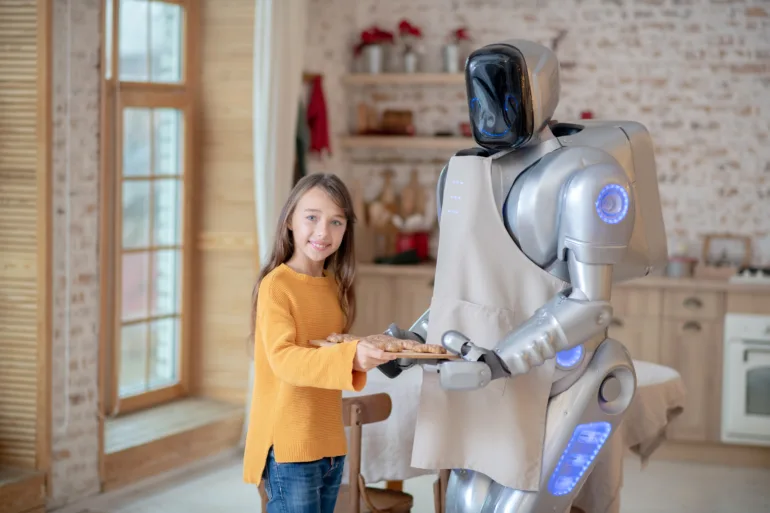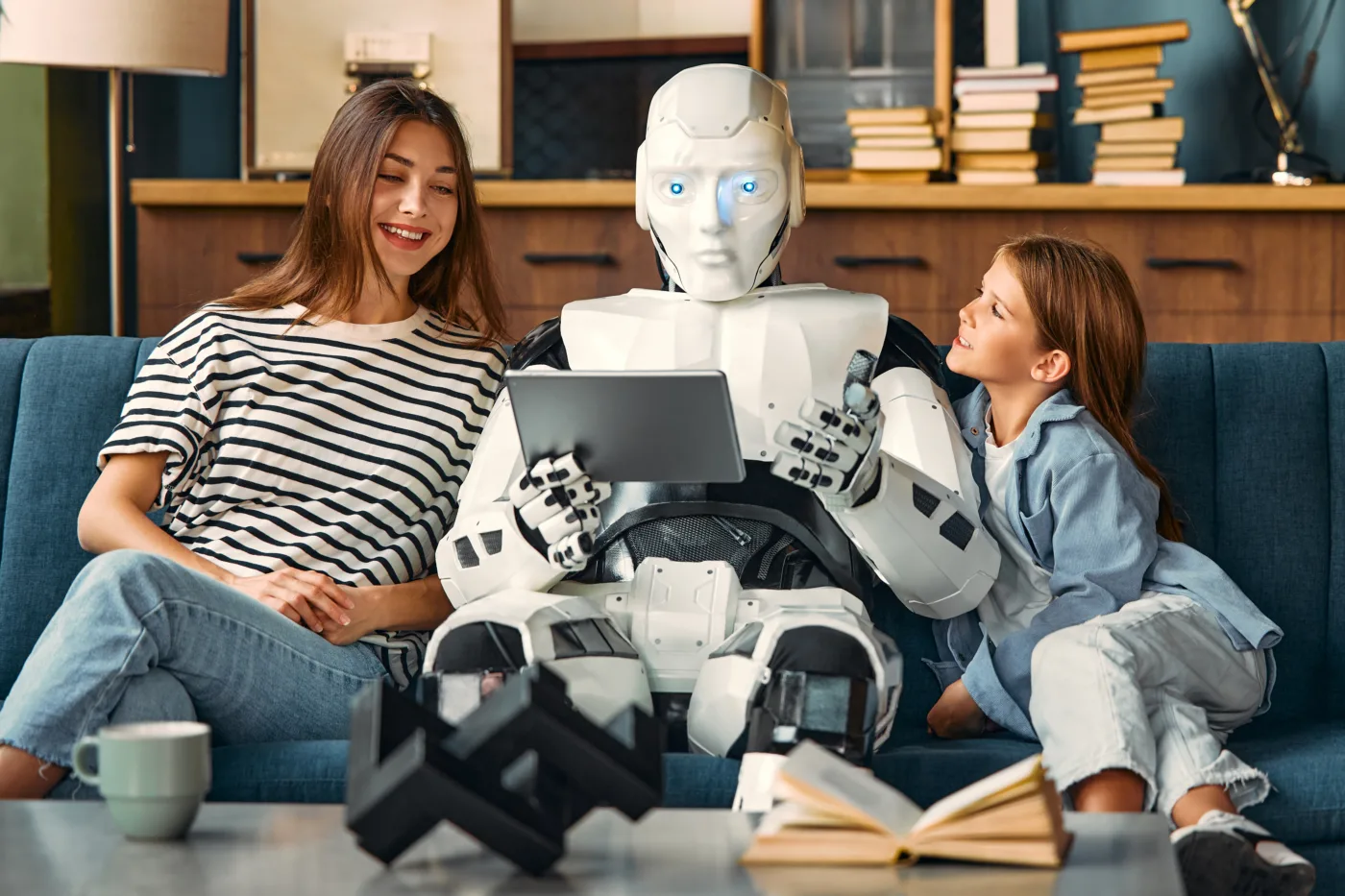Humanoid robots powered by advanced artificial intelligence promise to transform many industries. But despite the promising opportunities, there are questions about the safety, reliability and accessibility of this technology. What does the future hold for humanoid robots and how will they affect the global workforce?
We are on the threshold of solving one of humanity's greatest challenges. Humanoid robots, powered by artificial intelligence, promise to transform the workforce and everyday life. But despite the excitement, questions arise: Will we ever trust robots in our homes, schools and nursing homes? Will they ever be safe enough? And how human-like should they be so as not to cause discomfort?
A big leap in artificial intelligence and robotics
Humanoid robots are nothing new. Companies like Boston Dynamics, Honda and Sony have been wowing the public with their early versions for decades. However, recent advances in artificial intelligence have enabled new breakthroughs in robotics. Robots can now use data from real scenarios to learn, just like humans. The teleoperation technology allows a human to perform a task 200 times, and the data is used to train AI models that then perform the task autonomously.
Big players in the game
Big tech companies like Microsoft, Nvidia, and Google are key partners in the development of this technology because they have resources that most other companies don't. Elon Musk is one of the biggest proponents of humanoid robots. His robot Optimus is supposed to bring Tesla 25 trillion dollars in market value and became a major part of Tesla's long-term value.
From the lab to the real world
Companies are already testing humanoid robots in their factories and warehouses. Tesla claims it has two Optimus humanoid robots in its factory, which are expected to perform tasks by the end of the year, and by 2025 it is expected to start selling the robots to external customers. Similarly, Agility Robotics is testing its Digit robot at Amazon's innovation center in Sumner, Washington.
Cost and security
Humanoid robots are expensive and complex machines. For mass use, costs will need to be lowered. Elon Musk has predicted that the robot would need to cost less than $20,000 to make mass adoption possible. Security is another big obstacle. Robots must operate away from human workers until they are proven safe to be around humans.
Chinese match
While the US is seeing an explosion of humanoid robot activity, China is quickly catching up. China already dominates the field of industrial robots, accounting for more than half of global production. Chinese companies have a competitive cost advantage because they are closer to factories that can produce parts at lower prices.
The future of work and humanoid robots
Humanoid robots have the potential to dramatically change the way work is done. They could fill jobs in hazardous environments, in mines, in rescue and in factories where there is a shortage of workers. Goldman Sachs estimates there will be a shortage of 2 million manufacturing workers by 2030. Robots could help fill that gap without taking jobs away from humans.

Conclusion
Although humanoid robots are promising, they face many challenges. Cost and safety are the biggest short-term hurdles. In addition, it is necessary to regulate the regulation of this area. Nevertheless, the future of humanoid robots is bright, and they have the potential to become an indispensable part of our daily lives, much like personal computers did in the 1980s.
We are at the beginning of a new industry, which may have an even greater impact than personal computers. These robots will be for us allowed more time and changed the way we live and work. Are we ready for a future where humanoid robots will be our everyday colleagues and assistants? Only time will tell.






